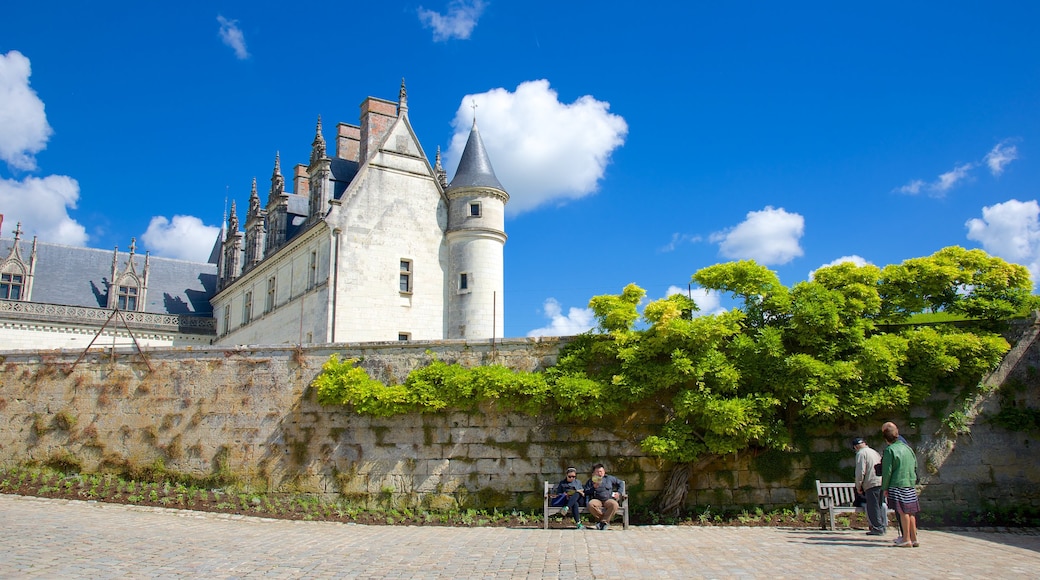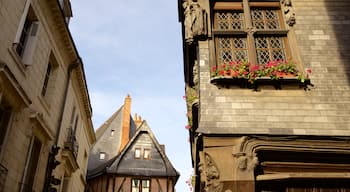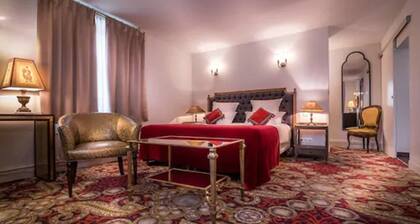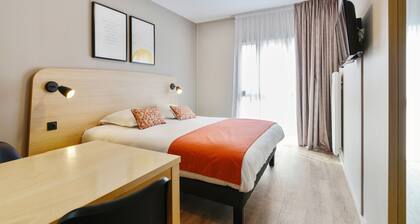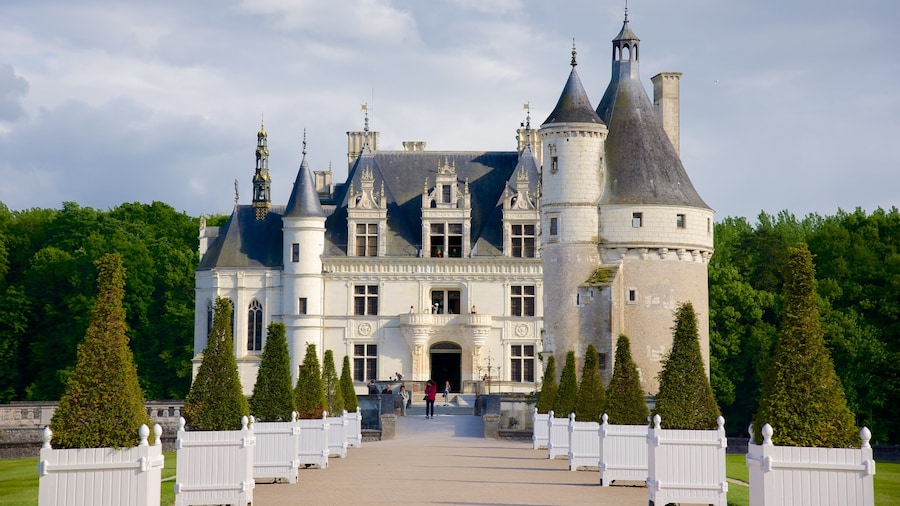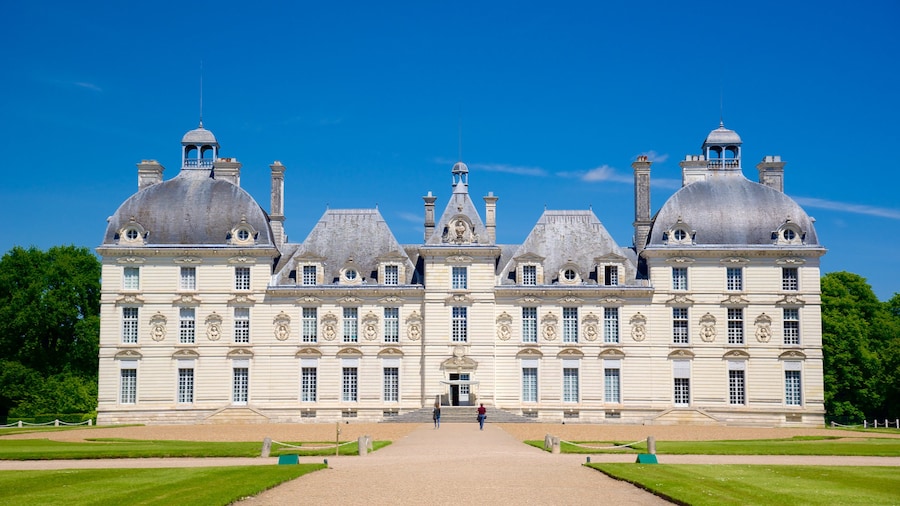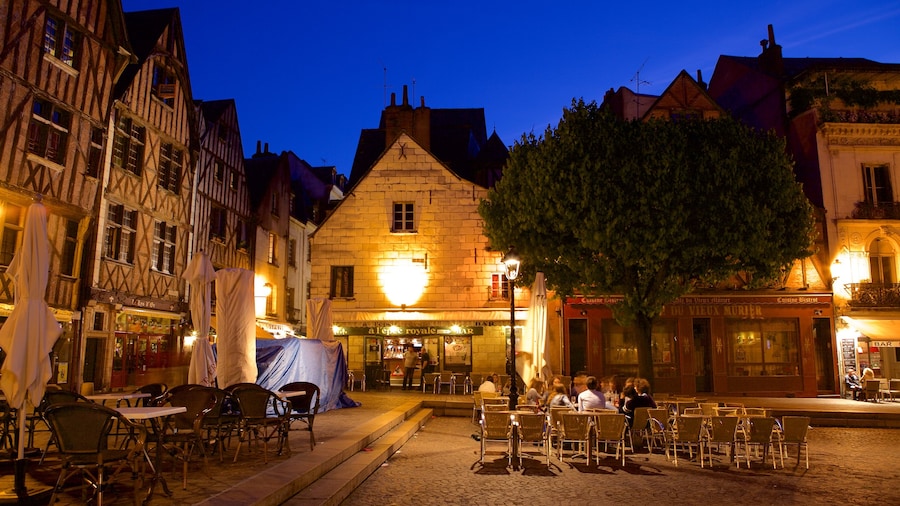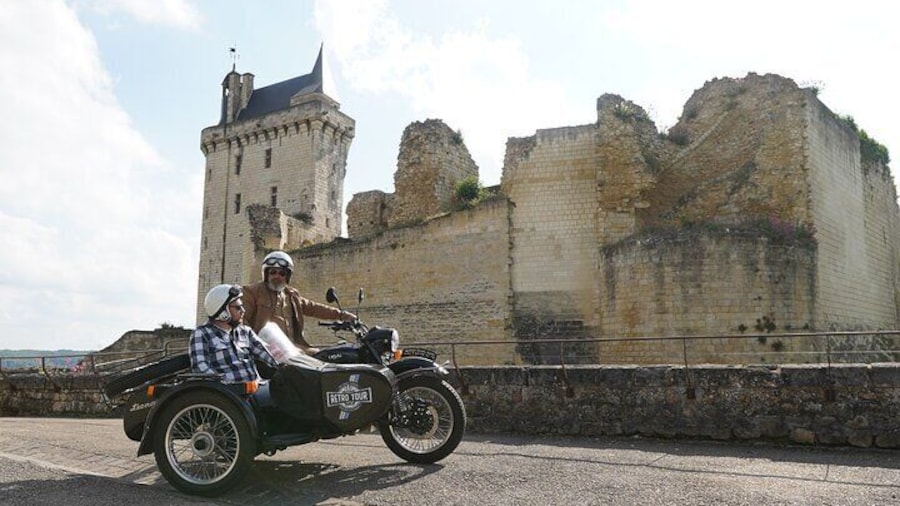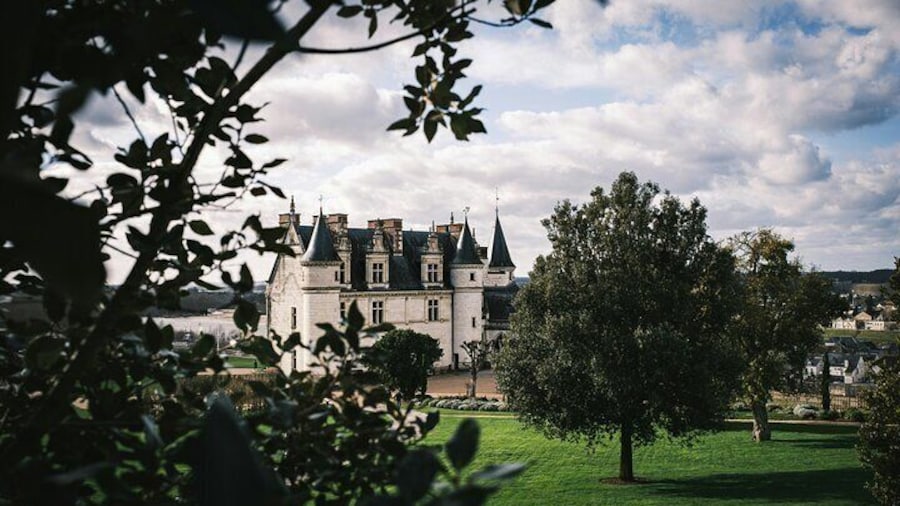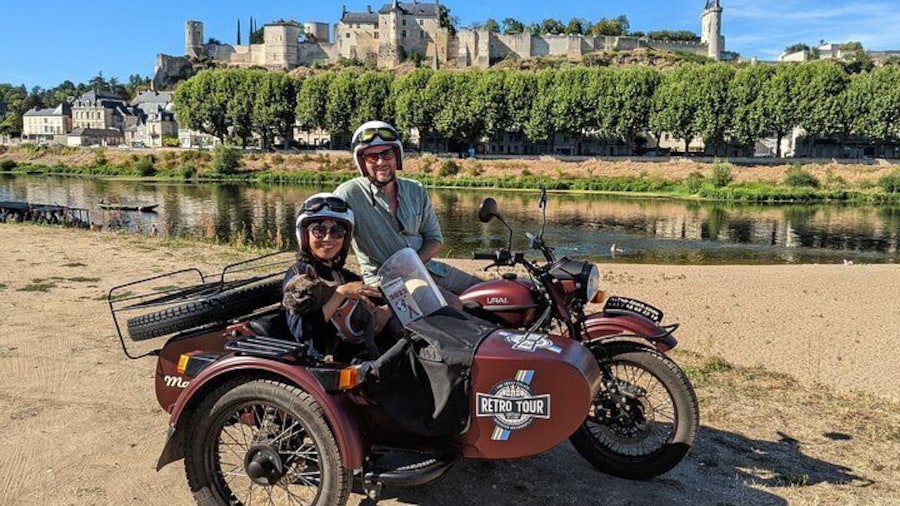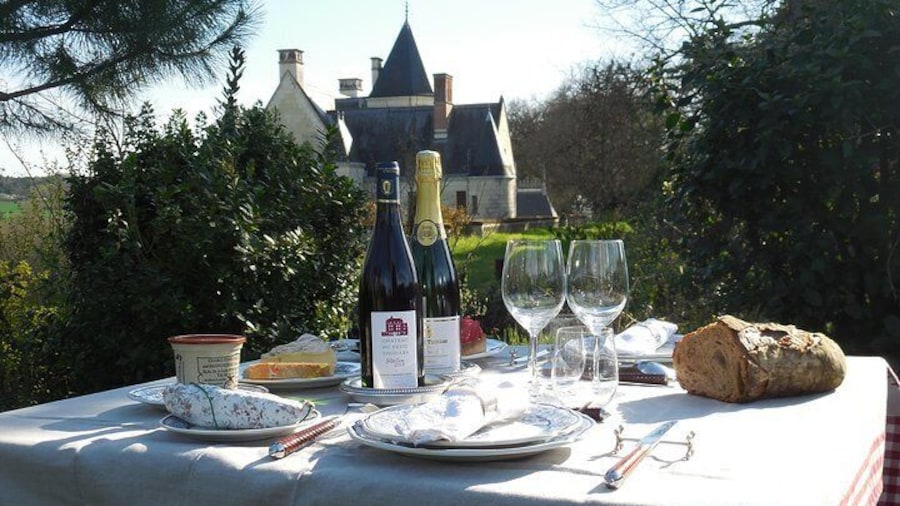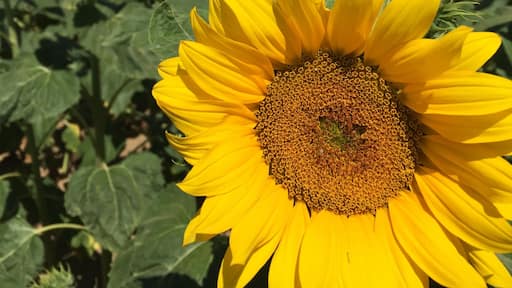As you travel through the Loire, see how many of the area’s more than 300 châteaux you can find. Some of these structures, from as early as the 10th century, have lasted through multiple occupations and wars, while others are relatively new, built in the 1800s.
Château d’Amboise, one of the area’s most famous palaces, was a 16th-century royal residence. The château suffered significant wartime damage, but extensive restoration is recovering its original glory. View the ramparts of this large Renaissance Gothic palace reflecting beautifully in the river. See intricate stained glass inside the Chapel Saint-Hubert on the grounds. A marker shows the tomb of Leonardo da Vinci, who lived for several years in nearby Château de Clos Lucé until his death.
One of the region’s largest palaces is Château de Chambord, distinctive with numerous towers, chimneys and cupolas on the massive roofline. Venture into some of the more than 400 rooms, climb towers for fantastic views and explore peaceful gardens.
Most of Château de Chenonceau straddles the River Cher, providing fantastic photo opportunities of arched supports reflected in the gently flowing water. Inside, view Old Masters paintings, Flanders tapestries and the furnishings of the 16th-century castle. Bring kids outside to run through the large maze, meet the château’s donkeys and use the playground.
Wine-growing areas along the Loire stretch for hundreds of miles from the Atlantic Ocean nearly to Burgundy. The variety of climates and soils provide a range of terroirs ideal for the celebrated dry whites of the region and also light reds, sweet vouvrays and crisp muscadets. Identify your favorite wine varieties and plan ahead for a customized tour of family-owned vineyards to satisfy your palate.
Reach the Loire by car or take a train from Paris to Tours. Cycling is very popular in the Loire region. Rent bikes and explore independently or join a guided tour with a focus on châteaux, wineries or simply glorious countryside. Ride high in a colorful balloon for a unique perspective.




